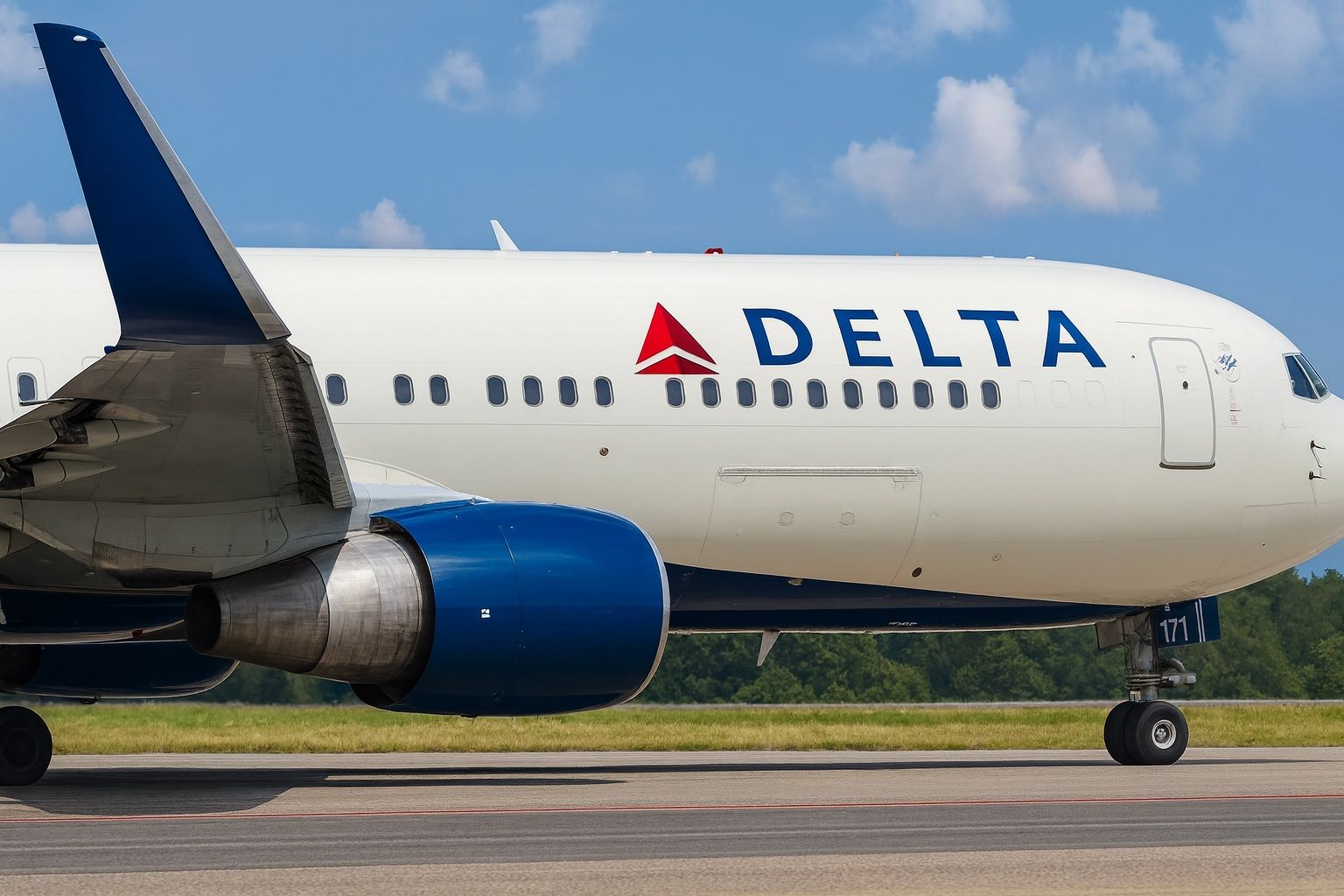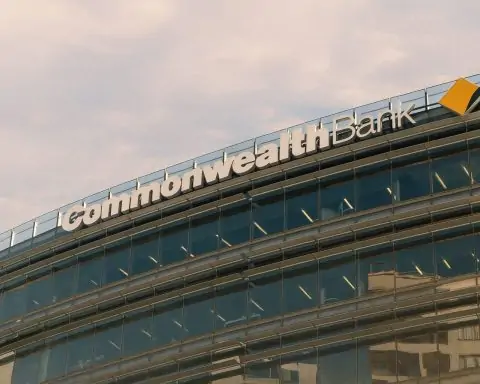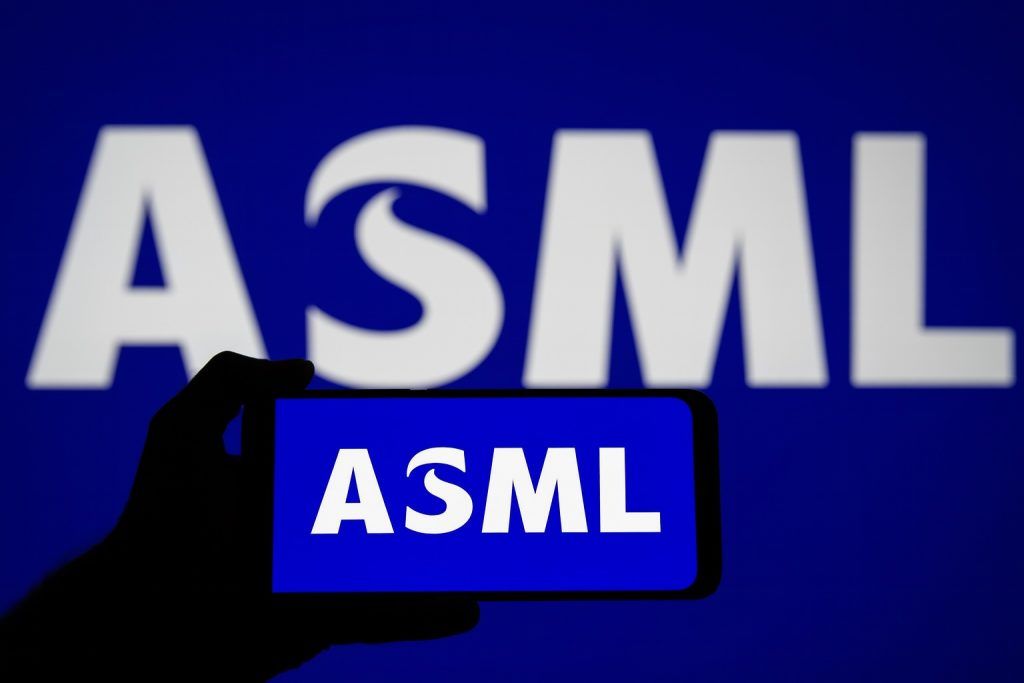- Focus cities driving growth: Delta designates Austin (AUS), Cincinnati (CVG) and Raleigh (RDU) as its “focus cities,” larger than mere spokes but smaller than hubs [1]. These markets are being aggressively expanded with new routes and marketing to attract affluent travelers. As Delta president Glen Hauenstein explained on the Q3 earnings call, the goal is relevance: “If we’re not relevant, we cannot acquire the SkyMiles members [or] the credit cards” [2]. He noted that Austin and Raleigh are “high‑income growth areas…places where we’ve acquired a lot of [card] cards,” where the interplay of airline service and credit‑card marketing can make these small markets highly profitable [3] [4].
- Loyalty and credit card engine: Delta’s SkyMiles loyalty program and co‑brand credit cards have become profit powerhouses. In Q3 2025, Delta earned about $2 billion from its American Express partnership (a 12% year-over-year jump) – without which the airline wouldn’t have been profitable [5]. Nearly one-third of active SkyMiles members now carry a Delta Amex card [6], and Hauenstein stressed that these co‑brand cardholders “are among our most valuable customers, traveling more often and spending more on Delta” [7]. Delta reported ~$2 billion in loyalty revenue in Q3 (about 12% of total revenue) [8]. The airline is pulling out all the stops – from free Wi‑Fi (requiring a SkyMiles login) to big bonus miles and perks – to drive new sign‑ups, especially for its premium cards [9] [10].
- Earnings surge and stock reaction: Delta’s Q3 results (for the July–September period) comfortably beat expectations. It posted $16.7 billion in GAAP revenue, a 10.7% pre‑tax margin, and $1.71 adjusted EPS (versus $1.53 consensus) [11] [12]. Demand was broad-based – domestic traffic rose ~5% and corporate bookings rebounded – while high‑end travel took off. Premium cabin and loyalty revenues were each up ~9% year-over-year [13] [14]. (Premium revenue alone now accounts for ~43% of passenger revenue [15].) Delta said cost controls and lower fuel prices (down ~7% YoY) helped keep margins strong [16] [17]. CEO Ed Bastian said results were “at the top end of our expectations” and raised the outlook for Q4: Delta now expects $1.60–$1.90 in EPS for the December quarter (midpoint $1.75 vs $1.66 consensus) [18], and full-year 2025 adjusted EPS around $6 (above previous ~$5.77 guidance) [19].
- Analyst outlook and stock forecast: Investors cheered the news. On Oct 9 the stock jumped ~5–6% to roughly $60 [20] (about a 5% intraday rise on Reuters figures [21]), and by Oct 14 DAL was trading around $61 [22] [23]. Wall Street is largely bullish: over 20 analysts rate DAL a “Buy,” with a consensus price target near $68 (implying ~20% upside) [24]. Recent analyst targets range from the high $60s into the $70s (Susquehanna ~$68, Jefferies $70, Evercore $75, JPMorgan $85) [25]. A StockAnalysis consensus puts the one‑year target at ~$72.6 (a +18% gain) [26]. At current prices, Delta trades at a modest ~8–9× forward earnings [27], and the dividend (resumed in 2023) yields ~1.2% [28], underscoring confidence in cash flow. Capital.com notes that DAL closed Oct 7 about 16.7% above its year-ago price and 62.8% above its 2023 low [29].
Delta’s strategy of blending its network with loyalty marketing is drawing notice. Hauenstein’s focus-city approach—linking route planning with credit-card growth—reflects a “full reengineering” of how to maximize revenue, beyond just flying passengers [30] [31]. As Reuters observes, Delta’s exposure to “higher household income” travelers has strengthened its position versus carriers that serve more budget-conscious markets [32]. This dovetails with industry trends: U.S. carriers have cut capacity (Spirit’s exit and discipline among peers), boosting fares and unit revenues [33] [34].
Forecast: With Q3 earnings in line and guidance raised, analysts expect Delta to continue outperforming. Cowen (as reported by MarketBeat) and others have upgraded their ratings, seeing robust cash flow and debt reduction ahead. Delta itself forecasts an operating margin of ~10.5–12% in Q4 [35] and says it will significantly expand premium seats given the strong return on higher‑fare travel [36]. Most Wall Street estimates now see DAL hitting new all-time highs by early 2026 [37] [38]. In short, Delta’s focus‑city and Amex‑loyalty investments appear to be paying off in both cash and market valuation – a winning formula that analysts say still has “runway” for further growth [39] [40].
Sources: Latest Delta Q3/Oct 2025 earnings and commentary [41] [42]; The Points Guy and The Airline Observer analyses [43] [44]; Thrifty Traveler on Delta‑Amex stats [45] [46]; MarketBeat and Capital.com stock analyses [47] [48]; TechSpace2.ts2.tech (Delta stock recap) [49] [50].
References
1. thepointsguy.com, 2. thepointsguy.com, 3. thriftytraveler.com, 4. www.theairlineobserver.com, 5. thriftytraveler.com, 6. thriftytraveler.com, 7. thriftytraveler.com, 8. thepointsguy.com, 9. thriftytraveler.com, 10. thriftytraveler.com, 11. news.delta.com, 12. www.reuters.com, 13. www.marketbeat.com, 14. www.reuters.com, 15. www.reuters.com, 16. www.marketbeat.com, 17. www.reuters.com, 18. www.reuters.com, 19. ts2.tech, 20. ts2.tech, 21. www.reuters.com, 22. ts2.tech, 23. www.marketbeat.com, 24. ts2.tech, 25. capital.com, 26. stockanalysis.com, 27. ts2.tech, 28. capital.com, 29. capital.com, 30. www.theairlineobserver.com, 31. thriftytraveler.com, 32. www.reuters.com, 33. www.reuters.com, 34. www.reuters.com, 35. ts2.tech, 36. www.reuters.com, 37. www.marketbeat.com, 38. ts2.tech, 39. thriftytraveler.com, 40. ts2.tech, 41. news.delta.com, 42. www.reuters.com, 43. thepointsguy.com, 44. www.theairlineobserver.com, 45. thriftytraveler.com, 46. thriftytraveler.com, 47. www.marketbeat.com, 48. capital.com, 49. ts2.tech, 50. ts2.tech







